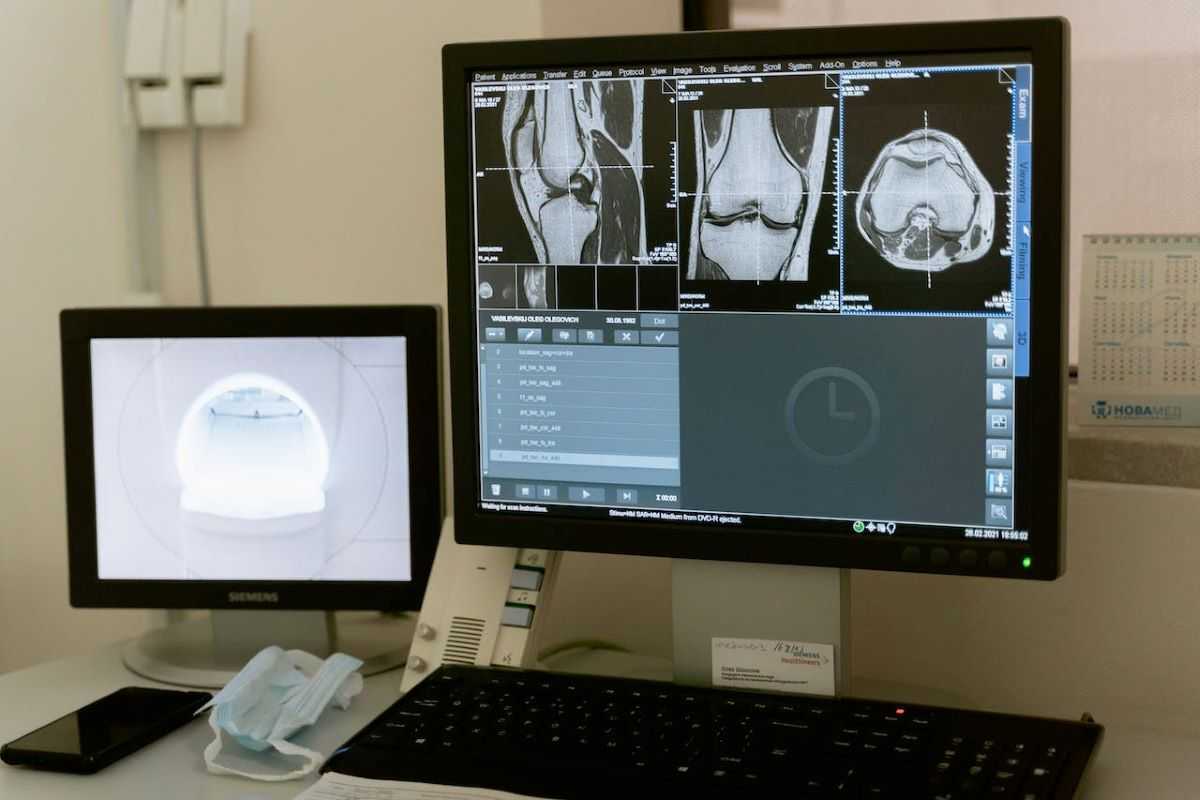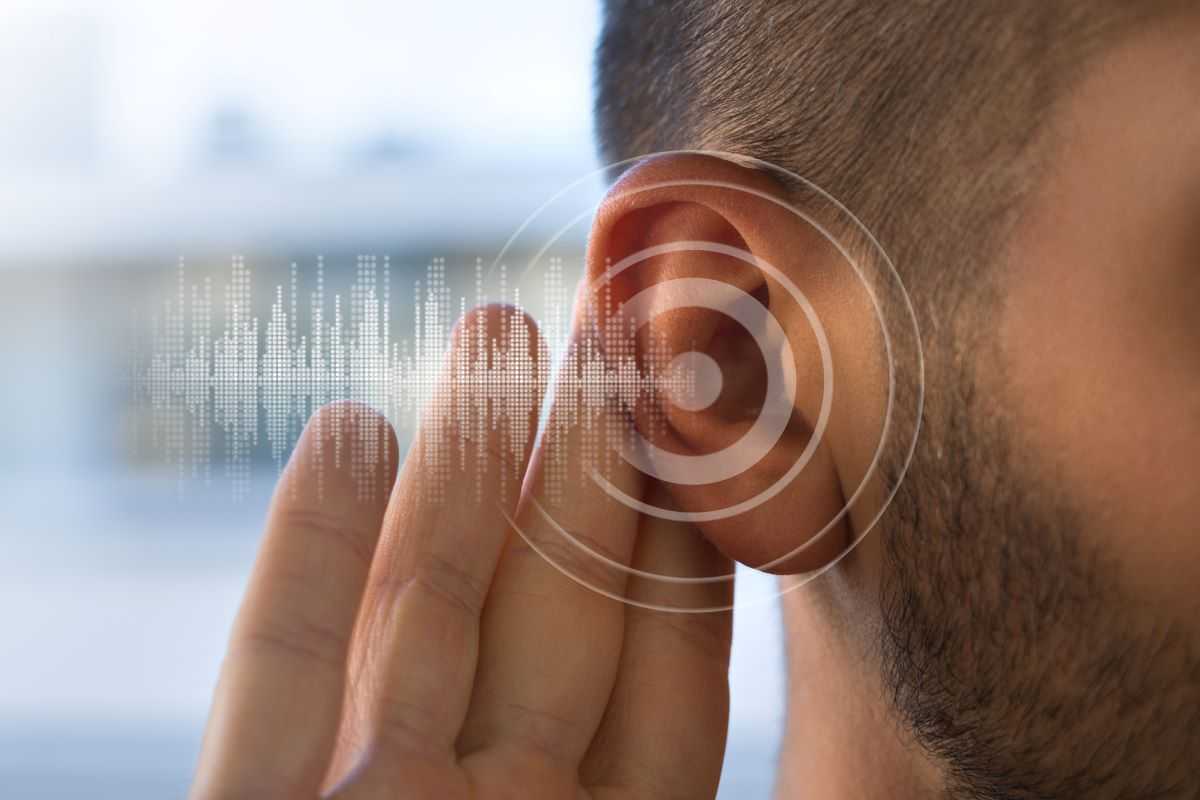
With osteoporosis making bones fragile, the chances of snapping or cracking them shoot up. Catching osteoporosis early is crucial, and for that, a DEXA scan—the gold standard in X-ray tech—really comes into its own.
Understanding the Impact of Osteoporosis
Osteoporosis makes bones weaker and more likely to break, a serious concern especially for older folks and women after menopause. Catching osteoporosis early on is crucial; it lets us manage the condition better and reduces the risk of fractures.
The Crucial Role of X-ray Imaging
X-ray imaging, especially DEXA, is paramount in detecting osteoporosis. DEXA measures bone mineral content, comparing it with healthy and age-matched norms, to assess bone density.
Insights into DEXA
DEXA scans give you the full scoop on your bones, checking their strength super quickly without any fuss. DEXA scans offer a fast, painless way to measure bone health that patients and doctors like.
Advantages of DEXA
- Accuracy: DEXA scans give you spot-on bone density readings, key for nailing down an osteoporosis diagnosis.
- Safety: It involves minimal radiation, enhancing patient safety.
- Convenience: The procedure is brief and non-intrusive.
Integrating Technological Advancements in Osteoporosis Diagnosis
As technological advancements continue to shape the field of osteoporosis diagnosis, the role of educational programs in radiology becomes increasingly significant. Such programs, often found in colleges offering comprehensive courses in radiology, are vital in training professionals to operate these sophisticated imaging technologies effectively. This ensures that the nuances of osteoporosis detection and management are well-understood and applied in clinical settings.
Collaboration with Other Diagnostic Methods
Osteoporosis diagnosis often involves collaboration with other methods like blood tests for calcium and vitamin D levels and markers influencing bone health.
Role of Biomarkers
Bone turnover markers in blood or urine help evaluate the effectiveness of treatments and guide therapy adjustments.
Genetic Testing
Genetic tests can spot your risk for osteoporosis early on, letting doctors tailor treatment just for you.
Addressing Challenges in Osteoporosis Care
Getting better imaging and treatment for osteoporosis out to areas that don't have much right now, along with teaching more people about the disease, is key to knocking down its toll on folks.
Future Directions in Osteoporosis Imaging
The field is advancing with AI and ML enhancing imaging data analysis and the growth of personalized medicine tailoring treatment to individual profiles.
Understanding DEXA Results
When you look at your DEXA scan, pay close attention to the T and Z scores; they're key in spotting osteoporosis early and figuring out if bones might break, which really steers how we tackle treatment.
Recognizing DEXA's Limitations
Despite its efficacy, DEXA isn't flawless. Its accuracy may vary with patient size and specific medical conditions, and it may not detect minor bone density changes over short intervals.
Exploring Alternative Imaging Methods
While DEXA stands as the preferred method, CT scans and ultrasound also contribute to bone health assessment, especially in cases where DEXA isn't applicable.
Quantitative Computed Tomography (QCT)
QCT, useful in measuring spinal bone density, is particularly beneficial for patients with spinal conditions or previous surgeries.
Ultrasound
Bone ultrasound, a portable and radiation-free option, offers preliminary assessments but is less precise than DEXA.
Emphasizing a Holistic Osteoporosis Management Approach
Managing osteoporosis isn't just about scans; it's also about how you live, what you eat, and the treatments your doctor recommends. Staying active, eating right, and steering clear of bad habits are key to osteoporosis at bay.
Lifestyle and Preventative Measures in Osteoporosis Management
While imaging and medical interventions are critical, lifestyle choices play an equally important role in managing and preventing osteoporosis. Grasping and putting these strategies into action can make a real difference in maintaining strong bones.
Nutrition and Bone Health
A balanced diet rich in calcium and vitamin D is fundamental for bone strength. To keep your bones in top shape, munch on stuff like yogurt, kale, and foods beefed up with extra nutrients. Sometimes, under a doctor's advice, adding supplements might be the way to go, especially if your diet falls short or your body struggles with soaking up nutrients.
Exercise and Bone Density
Regular weight-bearing and muscle-strengthening exercises can build bone density. Mixing up your routine with activities like brisk walking, getting down to some dance moves, or hitting the weights not only ramps up your bone strength but also sharpens balance and coordination, slashing the chances of taking a nasty tumble.
Lifestyle Modifications
Quitting smoking and moderating alcohol consumption can help prevent osteoporois. Lighting up a cigarette might speed up how fast your bones weaken, and knocking back too many drinks could mess with the way your body handles calcium.
Fall Prevention Strategies
Older folks need to make sure they start fall prevention plans—like safe homes, helper tools, and balance exercises—to stay steady. To keep falls at bay, ensure your bathroom is hazard-free, consider using supportive aids when necessary, and regularly engage in exercises to boost balance and strength. Regular check-ups with your eye doctor and audiologist also help avoid falls.
Community and Support
Building a supportive community and increasing public awareness about osteoporosis are necessary for holistic care. Joining forces with support circles, diving into educational sessions, and linking up with local health initiatives are key moves for shining a light on osteoporosis and backing those in the trenches.
Conclusion
Although medications and imaging have an important role, lifestyle changes and prevention remain fundamental in managing osteoporosis over the long term. Sure, high-tech tools like DEXA scans and AI are key for catching osteoporosis early and customizing treatments, but don't overlook the power of a good diet, exercise, and kicking bad habits to keep your bones strong. A balanced diet rich in calcium and vitamin D, regular weight-bearing exercises, lifestyle changes like quitting smoking and moderating alcohol consumption, and effective fall prevention strategies collectively contribute to strengthening bone health. Boosting awareness and rallying community support plays a key role in the well-rounded fight against osteoporosis. When you mix cutting-edge medical treatments, healthy lifestyle choices, and strong community ties, you really boost your chances of living better with osteoporosis.
Follow me down the rabbit hole!
I'm Alice and I live with a dizzying assortment of invisible disabilities, including ADHD and fibromyalgia. I write to raise awareness and end the stigma surrounding mental and chronic illnesses of all kinds.








